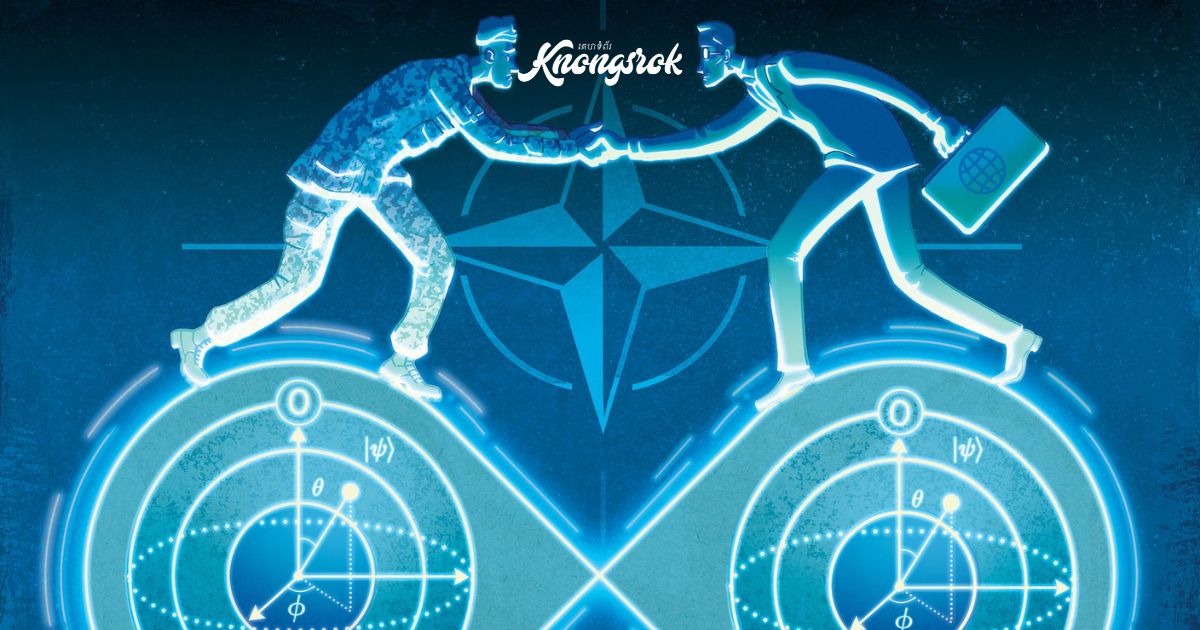7 explanations to your baby’s body language according to experts
Understanding a baby’s body language can be crucial for interpreting their needs and emotions. Experts have identified several key body language cues that can help caregivers understand what their baby might be trying to communicate. Here are seven explanations for common baby body language signals:
**1. Smiling:
•Happy and Content: A baby’s smile is often a sign of happiness, contentment, or pleasure. It can indicate that they are enjoying a moment, feeling comfortable, or responding positively to interaction.
•Social Interaction: Smiling is also a way for babies to engage socially and connect with their caregivers or others around them.
**2. Crying:
•Needs Attention: Crying is a primary way babies communicate their needs. It can signal hunger, discomfort, fatigue, or the need for a diaper change.
•Different Types: Experts note that different types of cries might indicate different needs. For example, a hungry cry may be rhythmic and repetitive, while a pain cry may sound more intense and urgent.
**3. Fisting or Clenching Hands:
•Tension or Discomfort: When a baby clenches their fists, it can indicate that they are feeling tense, uncomfortable, or frustrated. It’s a sign that they might need attention or soothing.
•Excitement or Anticipation: Sometimes, clenched fists can also indicate excitement or anticipation, especially if accompanied by other positive cues like smiling.
**4. Arched Back:
•Discomfort or Pain: Arching their back can be a sign that a baby is experiencing discomfort or pain. It might occur during feeding, if they are gassy, or if they are overstimulated.
•Overstimulation: If a baby arches their back during play or interaction, it could indicate that they are overstimulated and need a break.
**5. Turning Head Away:
•Need for Space: When a baby turns their head away, it can be a sign that they need some space or a break from stimulation. This behavior is often seen when they are feeling overwhelmed or tired.
•Disinterest: It can also indicate disinterest or a need to shift focus, especially if they are exposed to too many stimuli at once.
**6. Reaching Out:
•Desire for Interaction: When a baby reaches out with their arms, it typically indicates a desire for interaction, connection, or to be picked up. It’s a way for them to communicate their need for closeness or comfort.
•Exploration: Reaching out can also be a part of their exploration process as they learn to interact with their environment.
**7. Leg Kicking:
•Energy and Excitement: Kicking legs can be a sign of excitement, energy, or eagerness. It’s often seen during playtime or when a baby is enthusiastic about something.
•Discomfort: In some cases, excessive leg kicking might indicate discomfort or a need to release pent-up energy, especially if accompanied by crying or fussiness.
Conclusion:
Understanding a baby’s body language involves observing their movements and behaviors in context. Each baby is unique, and their body language can vary based on their individual temperament and needs. By paying attention to these cues, caregivers can respond more effectively to their baby’s needs and provide appropriate comfort and care.














